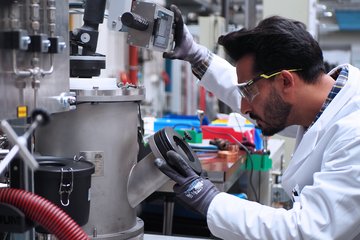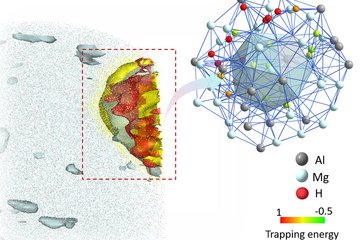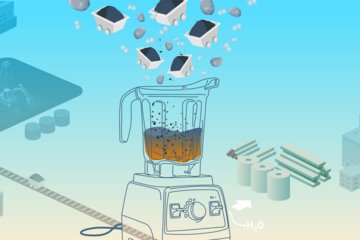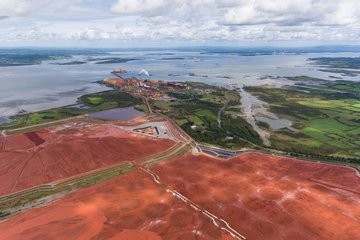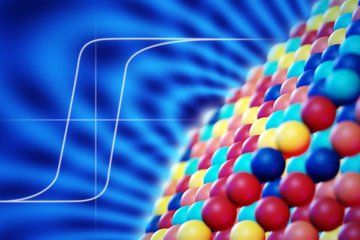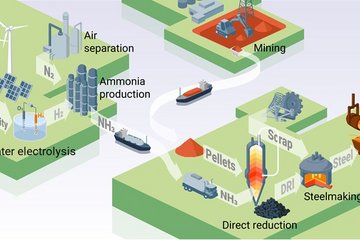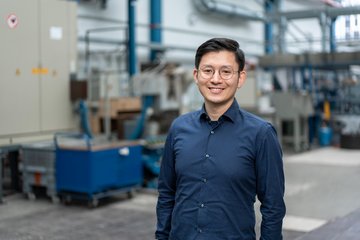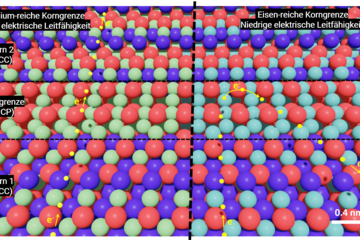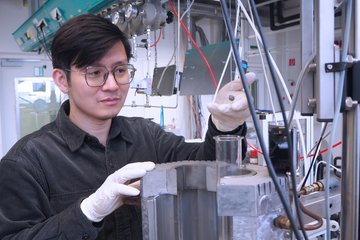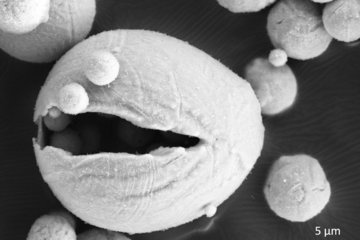Alle Typen
1381.
Vortrag
Coupled high-resolution experiments and crystal plasticity simulations to analyze stress and strain partitioning in multi-phase alloys. TMS2015, Orlando, FL, USA (2015)
1382.
Vortrag
A novel, high-resolution approach for concurrent mapping of micro-strain and micro-structure evolution up to damage nucleation. TMS 2015, Orlando, FL, USA (2015)
1383.
Vortrag
Experiments on and Simulation of Dual Phase Steel Micromechanics. DGM AK Mikrostrukturmechanik, Kassel, Germany (2015)
1384.
Vortrag
Lath martensite transformation, µ-plasticity and tempering reactions: potential TEM aids. Seminar at Institute of Nanotechnology (INT), Karlsruhe Institute of Technology (KIT), Karlsruhe, Germany (2015)
1385.
Vortrag
Interfaces engineering and nanoscale characterization of alternative buffer layers in chalcopyrite thin film solar cells. 2015 Spring Meeting - E-MRS, Lille, France (2015)
1386.
Vortrag
Experimental and Numerical Investigations on Dual Phase Steel Micromechanics. GLADD-Meeting, Leuven, Belgium (2015)
1387.
Vortrag
Small-scale structure-property relations in structurally graded biological materials. Nanobrücken 2015, A Nanomechanical Testing Workshop & Hysitron User Meeting, Potsdam, Germany (2015)
1388.
Vortrag
Spinodal Decomposition of Fe–Ni–C Martensite by Room Temperature Redistribution of Carbon Investigated by Correlative ECCI/TEM/APT. PTM 2015, Whistler, BC, Canada (2015)
1389.
Vortrag
Linear Complexions: Confined Chemical and Structural States at Dislocations in Metallic Alloys. MRS Fall Meeting & Exhibit, Boston, MA, USA (2015)
1390.
Vortrag
Quantitative Chemical-Structure Evaluation using Atom Probe Tomography - Short-Range Order Analysis of Fe–Al. International Conference on Solid-Solid Phase Transformations in Inorganic Materials (PTM 2015), Whistler, BC, Canada (2015)
1391.
Vortrag
Atom probe tomography study of internal interfaces in Cu2ZnSnSe4 thin-films. E-MRS Spring Meeting 2015, Lille, France (2015)
1392.
Vortrag
Alloy design and processing routes for novel high modulus steels. PTM Conference, Whistler, BC, Canada (2015)
1393.
Vortrag
A Virtual Laboratory to Derive Mechanical Properties. M2i Conference "High Tech Materials: your world - our business"
, Sint Michielgestel, The Netherlands (2014)
1394.
Vortrag
Mesoscale modeling of dislocation climb and primary creep process in single crystal Ni base superalloys. International Workshop on Dislocation Dynamics Simulations, Saclay, France (2014)
1395.
Vortrag
Joint Multiscale simulation and experimental analysis of stress and strain partitioning in dual phase steel. MRS Fall Meeting , Boston, MA, USA (2014)
1396.
Vortrag
Bulk Nanostructured Steels. Seminar at Ecole Polytechnique Federale de Lausanne (EPFL), Institute of Materials (IMX)
, Lausanne, France (2014)
1397.
Vortrag
Experimental and simulation analysis of dual phase steel micromechanics. Seminar at Departments of Engineering and Materials, Oxford University, Oxford, UK (2014)
1398.
Vortrag
High-strength steels with improved ductility - potentials for lightweight engineering. Jahrestagung STAHL 2014 – Annual Conference of the German Iron Steel Institute, Düsseldorf, Germany (2014)
1399.
Vortrag
Interfaces in Semiconductors: Application to photovoltaic materials. 61st American Vacuum Society International conference, Baltimore, MA, USA (2014)
1400.
Vortrag
The flexible crystal plasticity framework "DAMASK". Jung-DGM Rhein-Ruhr Meeting, Bochum, Germany (2014)
